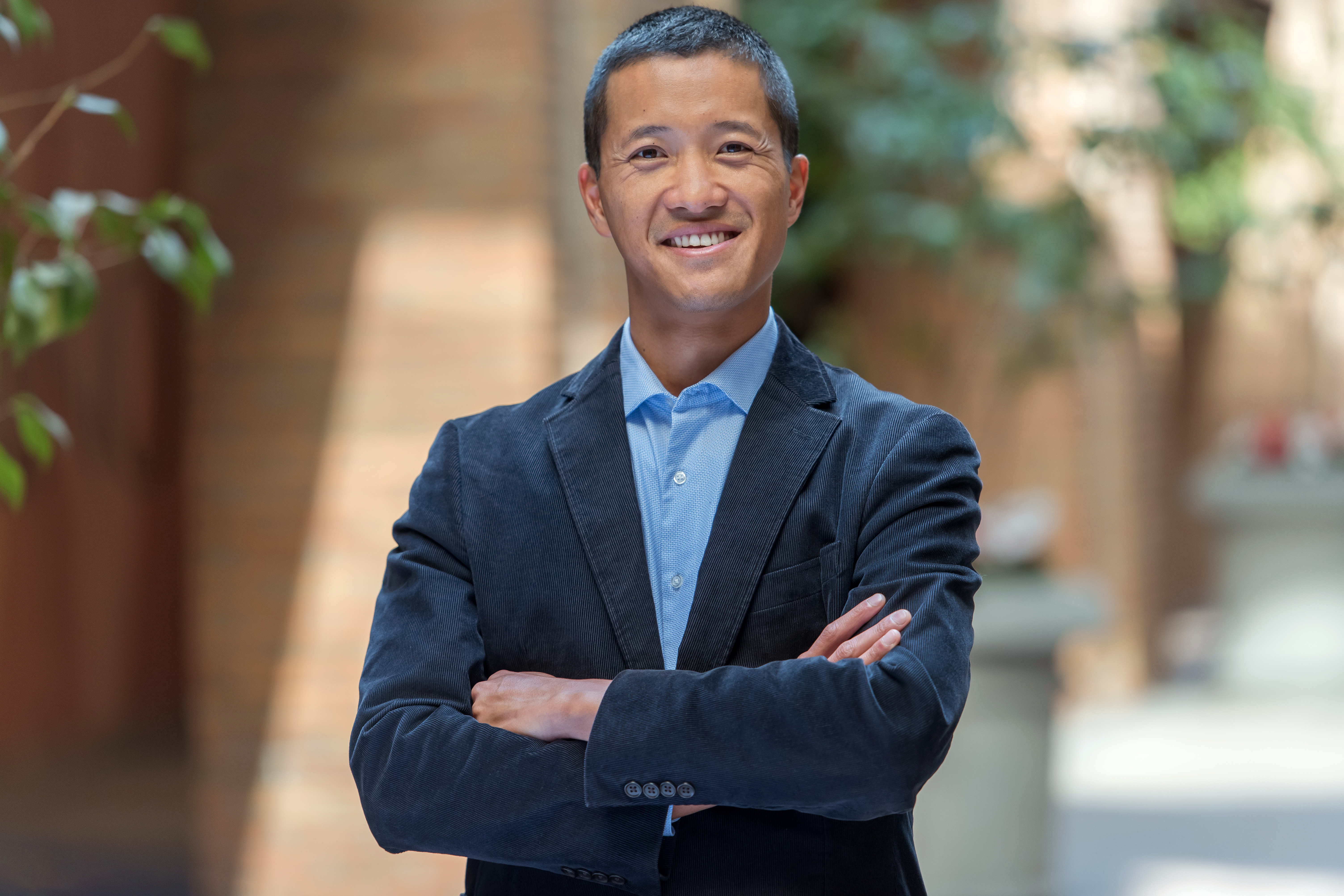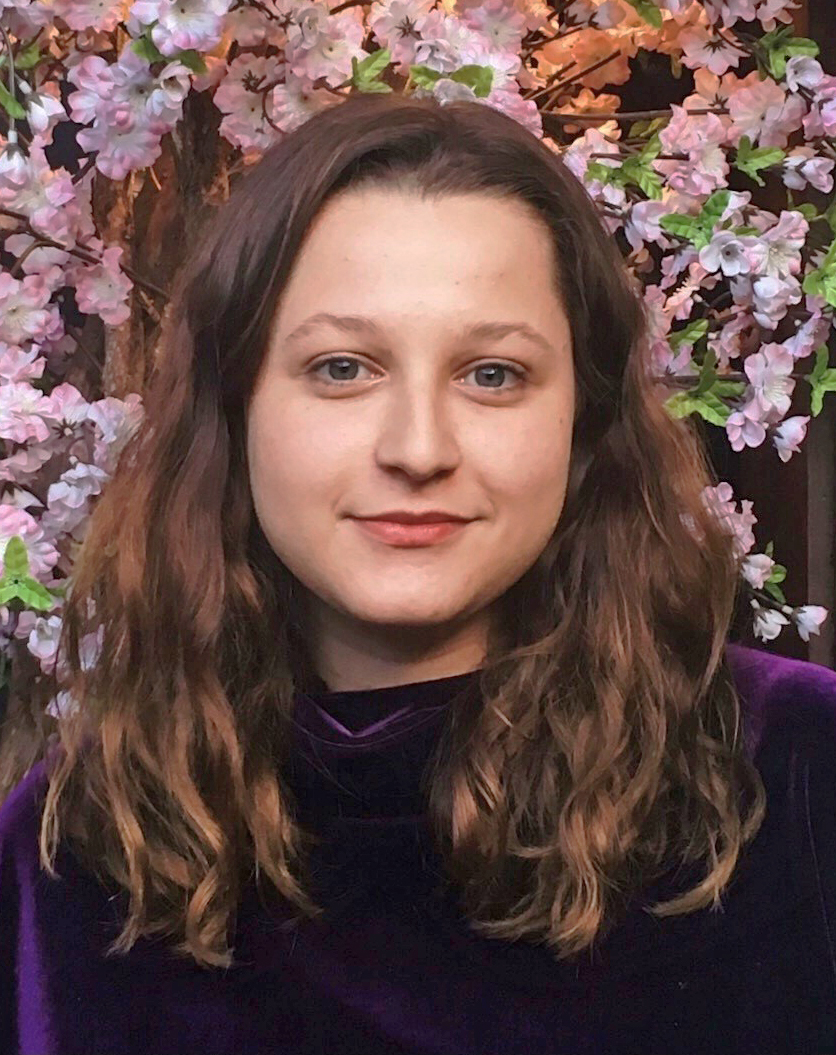Who’s Organizing the Volunteers? A Look Behind the Scenes in Local Disaster Response
If we have learned anything about effective community-based response to the health and economic consequences of the COVID-19 pandemic, it is that coordination between governments, nonprofits, and faith-based organizations is critical to addressing the needs of people with the fewest resources who bear the greatest impact of the pandemic.
In some communities, multi-sector coordination and collaboration came easy during COVID-19, while in other communities, diverse groups and entities had to learn how to work with each other on the fly, sometimes leaving out groups that serve the most vulnerable from the decision-making table and duplicating efforts when the crisis calls for equitable distribution of finite resources such as personal protective equipment (PPE).
As we find ourselves in the midst of yet another devastating wildfire season, I want to share the importance of the little-known or often misunderstood community-based network known as the VOAD (pronounced VO-AD) – Voluntary Organizations Active in Disasters. A VOAD, as the name implies, is a voluntary network of nonprofits, faith-based organizations, and government entities that support efficient disaster relief and recovery efforts. Organizations and entities join their local VOAD network of their own volition and on their own dime. They join a VOAD because they understand that coming together is better than going it alone when a disaster strikes.
A VOAD is a mutual aid network recognized by emergency professionals in California and across the country. It's “table” is comprised of community-based organizations ready to jump into action when local and state government agencies need to deploy resources. At a VOAD, organizations come together pre-disaster to discuss their roles during disasters, identify potential disaster response gaps, and learn about best practices in disaster relief and recovery. It provides resources equitably without duplicating efforts.
When a hazard event strikes, these organizations can quickly share information and resources with each other and coordinate disaster response services that address the needs of impacted residents. Because a VOAD helps organizational representatives understand what they should or shouldn’t do when a disaster occurs, it is able to respond to the needs of disaster survivors without siphoning precious time and resources from first responders. A VOAD also plays a vital role in jumpstarting the long-term recovery of communities experiencing harm through the creation of long-term recovery groups, which often comprise the same organizations and government agencies.
Philanthropy California is an integral part of the regional southern and northern California VOADs, which are the umbrella networks of county-based VOADs across the state. We regularly join VOAD meetings in counties that experience frequent disasters. This affords us access to real-time information about community preparedness, disaster impacts, and disaster needs. However, because not every county in California is served by a VOAD, especially rural counties, we sometimes miss the fuller picture of disaster impacts, especially for low-income communities and racial minorities.
Gaps in community-based disaster response:
While it might seem obvious that every county in California should be served by a VOAD that links governments, nonprofits, and faith-based organizations, over two dozen rural counties don’t have a VOAD. For several existing VOADs, their membership lack representation from organizations that serve and advocate for people who are structured out of access to money and land. These gaps can be attributed to:
- The lack of local staffing capacity to engage with, coordinate, and maintain a network of multi-sector organizations, agencies and groups pre- and post-disasters;
- The lack of awareness among frontline organizations and groups that serve vulnerable communities of their local VOAD;
- Not recognizing the value that engaging in a community response network during Blue Sky (when no disasters are occurring) would have on community response during Gray Sky (when disasters are happening);
- The perception that a VOAD is only for certain large responding organizations such as the Red Cross, Catholic Charities, Salvation Army, or faith-based entities;
- The lack of staffing capacity by frontline organizations and groups to participate in a VOAD.
Addressing these gaps are critical to a more equitable allocation and distribution of resources because these are the community-based response networks that are used by large humanitarian organizations and government agencies to share information, materials, and volunteer resources. Without a VOAD, information and resources are diverted elsewhere. Frontline organizations need to be represented in their county VOADs so they can share and have their needs met in a disaster – whether that would be culturally and linguistically appropriate relief and recovery services, or the procurement of masks, hot meals, or grocery gift cards.
Actions we can take to support an equitable community-based disaster response:
- Support your local VOAD. If there isn’t a VOAD serving your county, philanthropy can be catalytic in bringing governments, nonprofits, and faith-based organizations together to create one. Philanthropy can partner with community foundations to help build and strengthen VOAD capacity and ensure they are inclusive of all groups and entities.
- Educate and support frontline organizations serving socially marginalized communities to be part of their county/city VOAD. That means philanthropy can support staffing capacity so these organizations, and the needs of their communities, are represented.
- Engage in your local VOAD. If there isn’t one, engage with your regional VOAD networks that include the NorCal VOAD or SoCal VOAD, which are networks of county-based VOADs. Regional VOAD networks will support county disaster response efforts. VOAD meetings offer a front-row seat for funders about community disaster needs.
We often say that relationships are built at the speed of trust. Philanthropy can play a role in investing in building relational connectivity across sectors before a disaster, thereby allowing time for trust between organizations to flourish so cooperation, communication, coordination, and collaboration – the 4Cs of a VOAD – can be realized for effective and equitable community-based disaster response. Together with our nonprofit, faith-based, and government partners, I hope all 58 counties in the state will soon be part of a coordinated and inclusive California VOAD network.
For more information:
For a video of the history and the role of the National VOAD network, click here.
For more information about your county VOAD contact Northern California VOAD ([email protected]) or Southern California VOAD ([email protected]).

